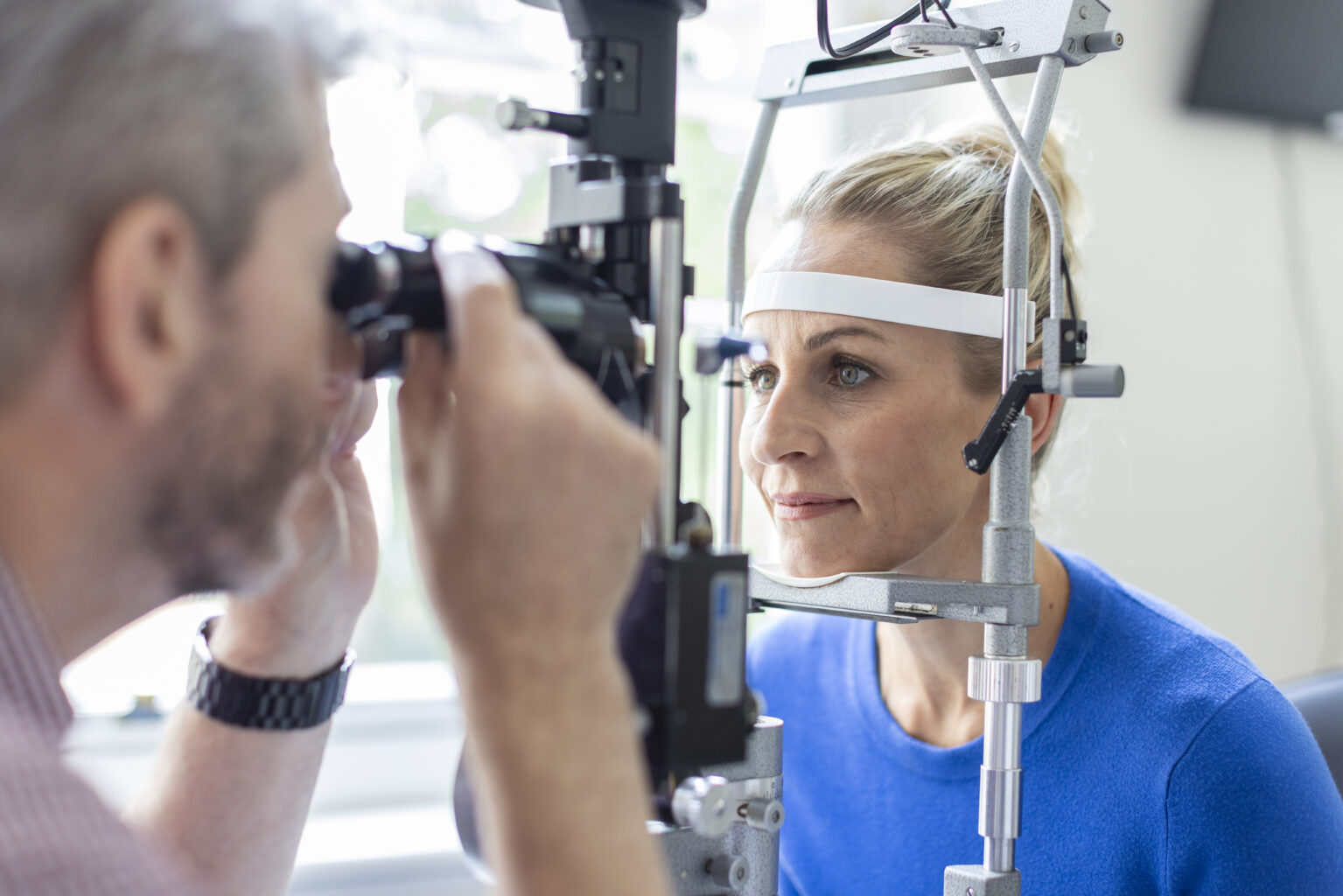Eye treatments at our London Eye Clinic
Key Treatments
Eye problems can be genetic or stem from an injury or trauma. Get a care plan completely tailored around your unique wants and needs, at our Eye Clinic.
If you don’t see a required treatment below, get in touch for more information.
Consultants
Our Eye Consultants have a wealth of experience and expertise in diagnosing and treating eye problems.
About Our Clinic
The multidisciplinary team in the Eye Clinic consists of specialist surgeons, orthoptists, medical photographers, paediatric ophthalmologists, paediatric optometrists and nurses trained in ophthalmic procedures.
The Eye Clinic offers modern treatment techniques and cutting-edge diagnostics for all eye conditions and complaints. We have specifically designed the clinic to offer the very best care and treatment all under one roof.
The clinic has the latest technology for treating a wide range of eye conditions. Our specialists are all registered consultants within the NHS, many of them leaders in their fields.
Patient Information
We recognise that coming into hospital can be a stressful and an unnerving experience. At St John & St Elizabeth Hospital we are committed to the welfare of all our patients and you will find all staff will work hard to ensure your stay with us is a positive experience.

